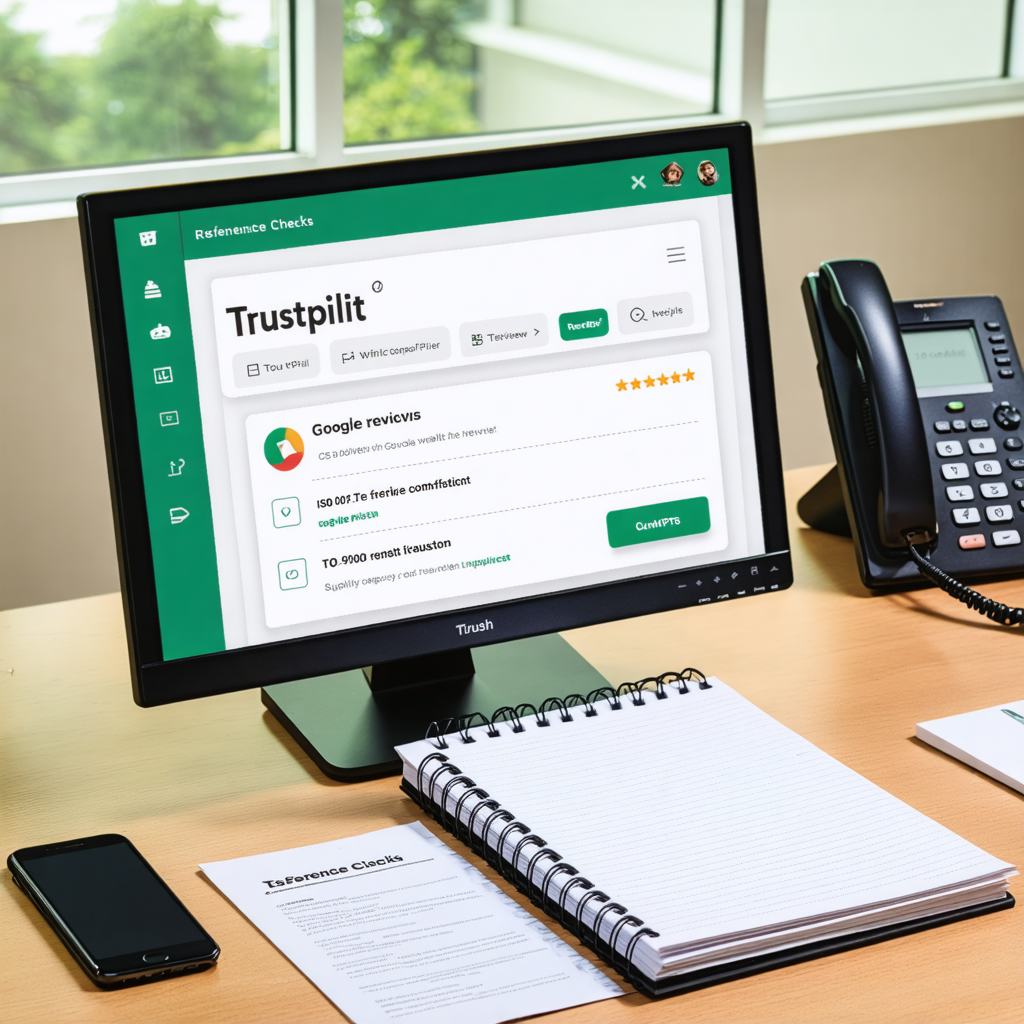
In a market where precision and performance define success, understanding the emerging trends can help you stay ahead. Are you ready to uncover the opportunities shaping 2024?
The top 10 trends in 2024’s power tool industry range from technological breakthroughs like IoT integration to shifting market dynamics driven by sustainability demands.
Let me take you through these trends and show how they can transform the way we approach sourcing, manufacturing, and distribution in the power tool sector.
How to find reliable Chinese suppliers in the evolving power tool market?
Finding reliable suppliers in a competitive landscape like China can be challenging. But knowing where and how to look can simplify the process.
To find reliable Chinese suppliers, focus on platforms like Made-in-China, attend industry expos, and verify credentials through certification and quality audits.

Dive deeper into finding reliable Chinese suppliers
Sourcing from China is about more than low prices. It’s about partnership and trust. Tradeshows1 like Canton Fair are goldmines for connecting with genuine suppliers. Start by making a list of exhibitors relevant to power tools, check their company profiles, and ask for references.
Online sourcing platforms also work wonders—Made-in-China, Alibaba, or Global Sources—but don’t stop at the profile. Request sample products and evaluate the quality.
| Sourcing Channel | Pros | Cons |
|---|---|---|
| Tradeshows | Face-to-face interaction with suppliers | Time-consuming, costly travel |
| Online Platforms | Convenient, wide variety of suppliers | Risk of counterfeit or low-quality goods |
How do I know if a Chinese supplier is legit?
Scams and subpar products can ruin your sourcing journey. So, how can you spot legitimate suppliers?
To confirm a supplier’s legitimacy, check their business licenses, third-party certifications, and reviews from past clients.
Tips for identifying legitimate suppliers
Legitimate suppliers are transparent about their documentation. Always request a copy of their business license, and verify it through official databases. Certifications like ISO 9001 or CE compliance also indicate reliability.
Check reviews on platforms like Trustpilot or Google, and consider asking for references from previous customers. If you’re still unsure, hiring a third-party verification service in China is an excellent investment.
How do I find a good manufacturer in China?
You need more than a supplier—you need a manufacturer that aligns with your business goals.
Identify good manufacturers by evaluating production capabilities, conducting factory audits, and assessing their communication skills.
Finding quality manufacturers
A quality manufacturer is more than machines and workers. It’s about their commitment to excellence. Begin with a factory audit2. You can either visit in person or hire a third-party agency like SGS3. During the audit, ask about their production capacity, quality control measures, and lead times.
Good manufacturers also understand communication is critical. Are their responses clear and timely? Do they provide detailed answers to your questions? If yes, you’ve likely found a reliable partner.
How do you know if a supplier is reliable?
Reliability is the foundation of a successful sourcing partnership. But how do you measure it?
To gauge reliability, look for consistent delivery records, positive testimonials, and adherence to agreed terms.
Key metrics for assessing reliability
- Delivery Records: Does the supplier consistently meet deadlines?
- Customer Testimonials: Positive reviews from peers in the industry speak volumes.
- Agreed Terms: Do they stick to the agreed pricing and product specifications?
Keep communication logs. Any ambiguity or avoidance could be a red flag.
How to find a Chinese distributor for your products?
Distributors act as a bridge between manufacturers and customers. Finding the right one can expand your reach.
To find a Chinese distributor, explore local business directories, industry associations, and online platforms specific to the power tool industry.
Dive deeper into distributor networks
Distributors often have existing networks that can give your product an edge. Use resources like China’s Yellow Pages or industry-specific forums to connect with active distributors. Ask about their current portfolio—does it align with your target market? Negotiate terms like minimum order quantities and payment schedules upfront to avoid surprises later.
How do I find trusted suppliers in a crowded market?
Amid a sea of options, trust is what sets a great supplier apart.
Trusted suppliers stand out with transparent processes, consistent quality, and a willingness to go the extra mile.
Building trust step by step
Building trust takes time. Begin by creating a shortlist based on reviews and certifications. Test the relationship with a small order. Observe how they handle requests, delays, or quality concerns. A supplier who treats small clients well is likely to maintain that standard as your orders grow.
Conclusion
The power tool industry in 2024 thrives on innovation and trust. Understanding these trends and strategies will set you up for success.
-
This resource explains how to maximize the benefits of attending tradeshows like Canton Fair, including strategies for identifying reliable suppliers and building trust. ↩
-
This resource provides a step-by-step guide to conducting factory audits, ensuring you can evaluate production capacity, quality control, and lead times effectively. ↩
-
This resource explains how SGS, a leading third-party inspection agency, can help businesses verify the quality and capacity of manufacturers. ↩







